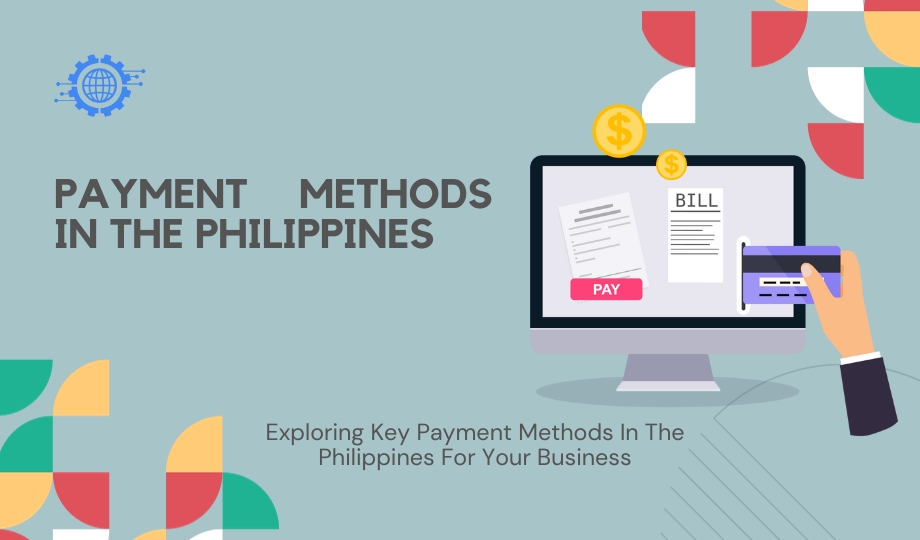In the year 2022, the Philippines witnessed a significant surge in real-time digital transactions, with a total value of US$28,540.00 million. Furthermore, it’s projected that the average transaction value for ‘neo-banking’ users in the Philippines reached US$6.28k in 2022. Fintech innovations have ushered in a transformative era in commerce and retail, reshaping the landscape for both buyers and sellers by enhancing the overall point-of-sale experience.
Payment Trends in the Philippines for 2022
At present, “super apps” have gained prominence in the Philippines, revolutionizing real-time payment processes while simplifying embedded financial services, streamlining point-of-sale systems, and offering crypto and central bank digital currency transactions. The Philippines has displayed remarkable growth in the real-time payments sector, with an annual increase of 400%. However, it’s worth noting that a substantial portion of the Filipino population remains unbanked.
The Philippines has enthusiastically embraced real-time digital payments as a viable and inclusive alternative for personal, retail, commercial, and business transactions. In addition to homegrown payment solutions like GCash, the country offers cross-border payment options and domestic schemes as incentives to users. By 2025, the Philippines aims to onboard 72% of its population onto digital payment methods.
Top 9 Payment Methods in the Philippines
Credit Cards: VISA, Mastercard, American Express
As of 2021, credit cards accounted for 16% of all e-commerce transactions in the Philippines and represented 14% of all preferred point-of-sale payment methods. The post-pandemic recovery significantly contributed to the resurgence of credit card transactions. The Philippines’ Central Bank is actively working to make credit cards more accessible by easing the burden on cardholders during the COVID-19 pandemic.
Cash
In 2021, the Philippines saw a decline in point-of-sale cash transactions, with cash payments falling below one-third of all sales. The pandemic induced a notable shift in payment preferences among Filipino consumers. While the Bangko Sentral ng Pilipinas (BSP) is taking steps to promote a “cash-lite” economy, cash-based transactions remain in practice. The BSP aims to facilitate efficient digital payment methods to leverage interoperable technological advancements.
Digital/Mobile Wallets
Digital wallets currently lead the pack in e-commerce payment solutions. GCash and PayMaya are projected to facilitate at least 45% of all e-commerce transactions in the Philippines by 2025. In 2021, digital and mobile wallets represented 16% of all preferred point-of-sale payment methods. These wallets offer features like transaction tracking for accounting, seamless integration with web services, and various incentives from local and domestic service providers.
Prominent digital payment services include:
GCash: An e-wallet in the Philippines offering diverse features.
Coins.ph: A platform for buying, selling, and storing cryptocurrency.
PayMaya: A versatile electronic wallet for personal and business transactions.
GrabPay: A mobile wallet integrated with the Grab app.
Global Wallets: Accepting global wallets like Alipay, PayPal, and Bitpay.
Cash on Delivery (COD)
Cash-on-Delivery (COD) continues to be a favored payment method among Filipino retailers and consumers. However, this payment mode faced challenges when the BSP initiated mandates to transition to cashless payment systems. Despite the growth of mobile wallets, online card payments, and QR payments, a significant portion of both banked and unbanked Filipinos continued to rely on cash and COD.
Mobile Contactless Payments
Mobile contactless payments enable users to confidently make payments using mobile wallet balances and integrated credit/debit cards. These payments leverage Near-Field Communication (NFC) and Radio-Frequency Identification (RFID) technology to ensure secure transactions while adhering to social distancing protocols.
Direct Debits
Direct debits have gained popularity as a convenient payment method in the Philippines and the wider APAC region. They facilitate regional bank transfers, making them a preferred choice for high-volume, high-value payments.
QR Codes
QR code technology simplifies contactless payments by allowing merchants to integrate various bank-issued cards for point-of-sale transactions. The Philippines Monetary Board endorses QR codes to enhance financial inclusion, and interoperable QR codes are still in practice.
Over-the-Counter (OTC) Payments
OTC payments utilize Mobile Station International Subscriber Directory Number (MSISDN) to create temporary digital payment ledgers on behalf of the customer. This method is ideal for serving the unbanked population in the Philippines, offering an alternative to traditional cash transactions, especially in departmental point-of-sale stores.
Bank Transfers
Bank transfers have gained traction due to the convenience and cost-efficiency they offer, particularly during the COVID-19 pandemic. These transfers enable same-day, regional, and international transactions, making them an attractive option for both consumers and businesses. Several local banks support these transfers.
Local Payment Methods and Business Complexities
The digital payment segment in the Philippines has witnessed rapid growth, and by 2023, it’s expected to achieve a revenue increase of 36.3%. However, the challenge lies in market penetration. The Philippines Government’s Digital Payments Transformation roadmap aims to onboard 70% of the population, emphasizing the need for flexible, inclusive, and low-code digital payment solutions to streamline online payments.
How Web Technology Expert Assists You with Philippines Payment Methods?
Web Technology Expert serves as the comprehensive payment aggregator solution your business requires. This payment integration platform offers a wide array of domestic and international payment methods, potentially increasing your conversions by up to 60%. By providing consumers with a range of payment options, including mainstream and lesser-used currencies, and enabling the selection of different payment methods, your business can cater to a diverse customer base.
In conclusion, the Philippines’ dynamic payment landscape is evolving rapidly, and adopting a versatile payment integration platform can empower your business to meet the diverse needs of Filipino customers. Explore the possibilities with Web Technology Expert to expand your presence in the Philippines and enhance your payment processing capabilities.

